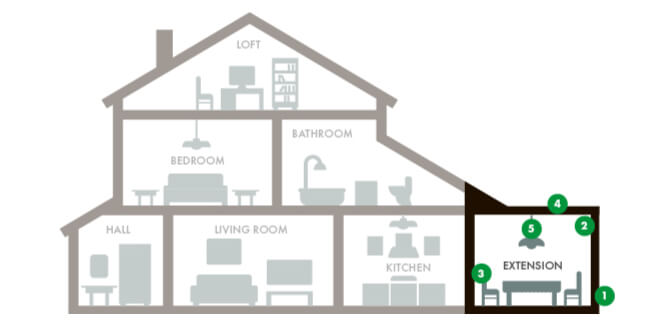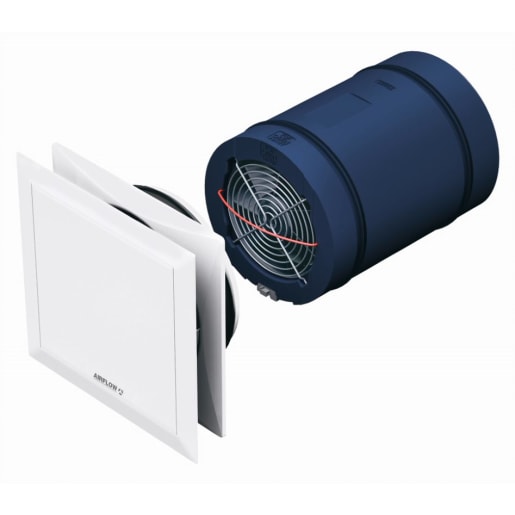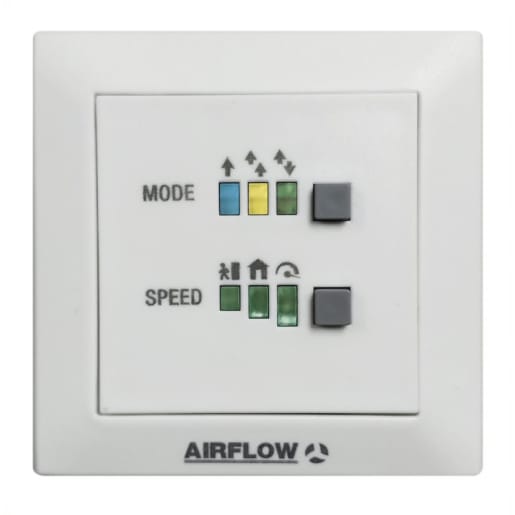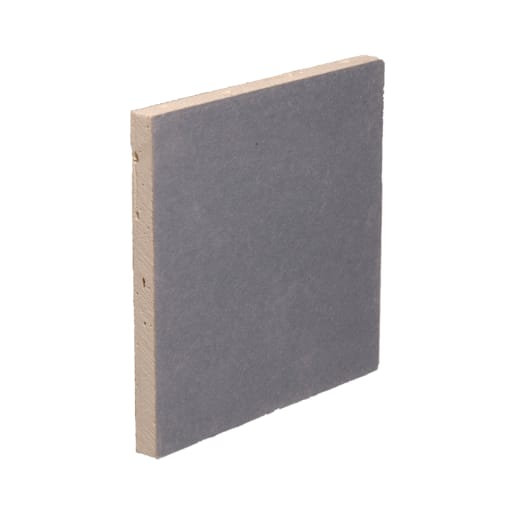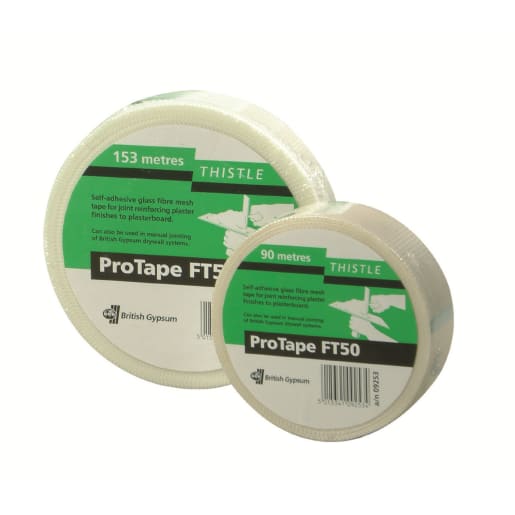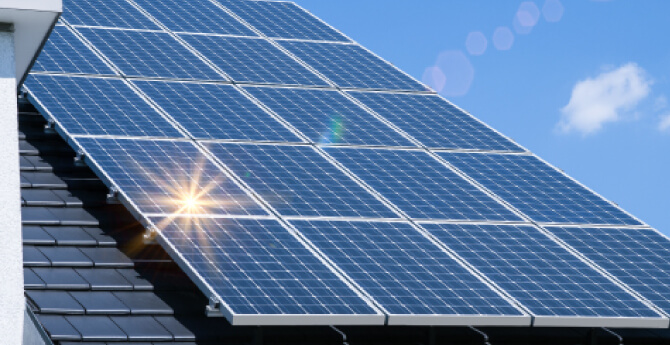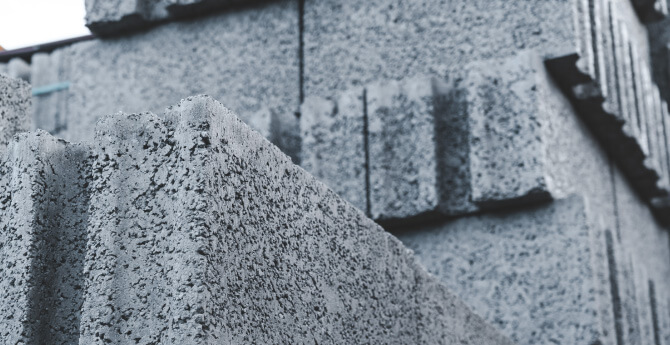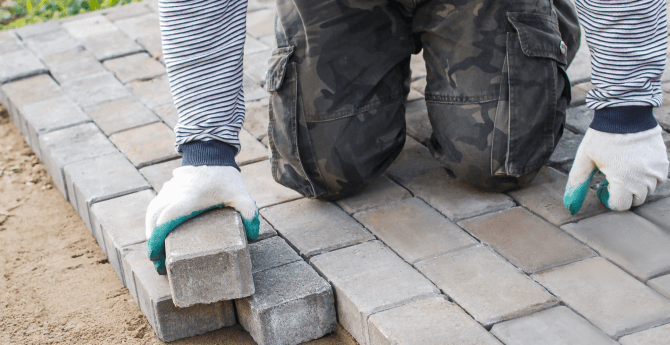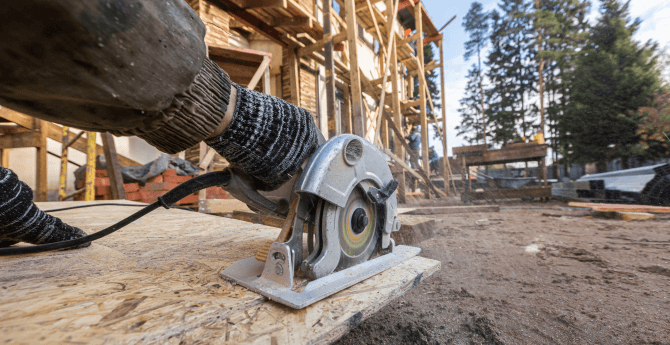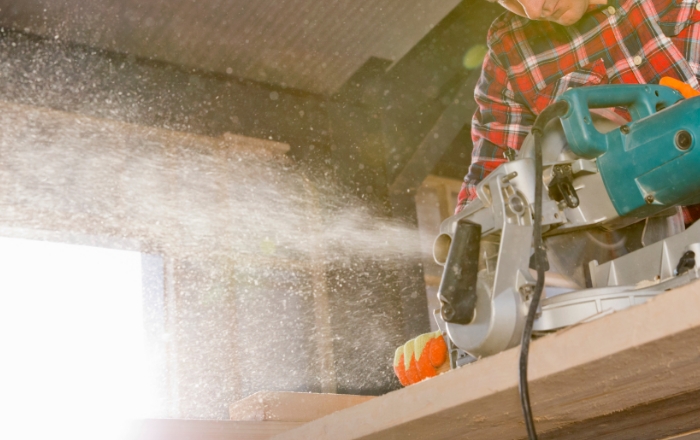Build better house extensions with sustainable solutions
When customers think of ways to make their homes better, creating more space commonly comes to mind. An extension is a great solution that can make a massive impact on a home. Whether it be a small kitchen extension or a large double storey one, extensions can be tailored to suit the requirements of any customer.
On this page, we’ll talk you through our top tips and advice on getting the job done.
